If you are a 9-to-5 person, then Newmarket is not the town for you. The majority of the town’s residents — both two and four legged — are stirring by 5am every day.

“Newmarket has been the
centre of the British horse racing
industry since 1666.”
Arriving in Newmarket from any direction, there are clues to its past and present equine links: statues, business names and road names are good indications that this is an equestrian town — even before you see a horse. Nestled in Suffolk County about 100km north of London, Newmarket has been the centre of the British horse racing industry since 1666, following the first Newmarket Town Plate held in October 1665.
Although not the first race to be run in the town, it was the first to be run under an official set of rules. King Charles II first drew up these rules in 1665 and this is considered to be the inception of all formal horse racing in the UK. Charles II is the only reigning monarch to have ridden in and won a horse race, winning the Newmarket Plate in 1671. To this day the Newmarket Plate runs every summer, although it was not held in 2020 due to the Covid-19 pandemic.
PEGASUS CROSSINGS
The majority of towns are quiet before dawn, but not Newmarket. Here, residents favour an early start for their daily exercise routines. Standing near a road crossing by the Warren Hill Gallops, the chatter and laughter of the stable lads and lasses competes with the clip-clop of dozens of racehorses. As the equine procession comes into view, horses and riders are all sporting carnival-coloured, high-vis safety clothing. (Each trainer’s stable has its own colours that make identification easier). I am greeted with many “good mornings” and “hellos” from this happy and invariably polite band of riders aboard some of the finest racehorses in the world. They walk briskly towards the gallops, traversing roads at designated horse crossing points known as “Pegasus crossings”. These are equipped with rider-level control buttons as well as pedestrian controls.
JANE CHAPPLE-HYAM
While watching the horses on Warren Hill one morning, I met Abi, assistant to Australian-born trainer Jane Chapple-Hyam, which led to a visit to her truly magnificent Abington Place Stables on Newmarket’s Bury Road. Steeped in racing history, Abington Place Stables were designed by the aptly named architect John Flatman, son of the first champion flat racing jockey Elnathan ‘Nat’ Flatman. Nat won every English classic apart from the Oaks and held the Champion Jockey title from 1840-1852.
It was trainer Martin Gurry, whose initials grace the arch over the impressive and ornate entrance gates to this day, who commissioned John Flatman. The Victorian red-brick quadrangle, completed in 1895, comprises of stables on three sides and what was Gurry’s house and admin buildings on the fourth side. The centrepiece of this yard is a vibrant green lawn, graced by an impressive water feature showcasing a Nic Fiddian-Green horse-head sculpture.
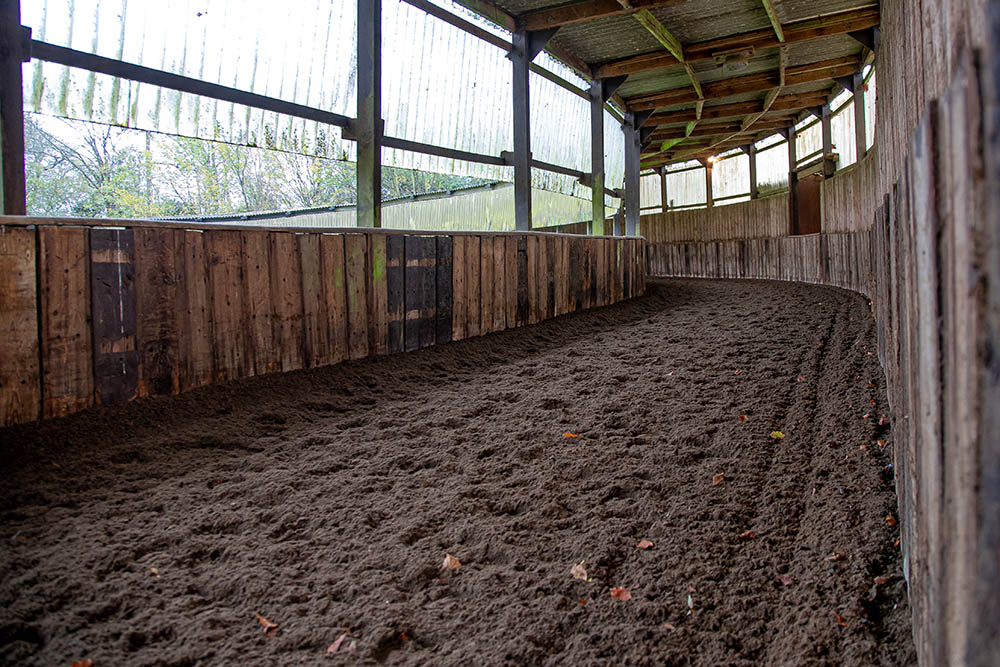
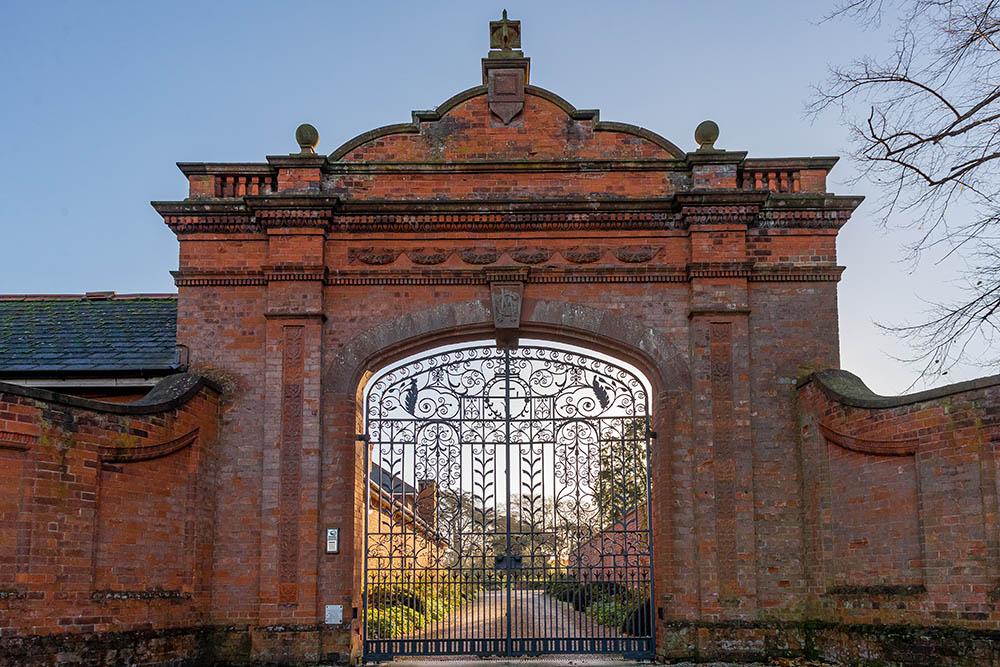

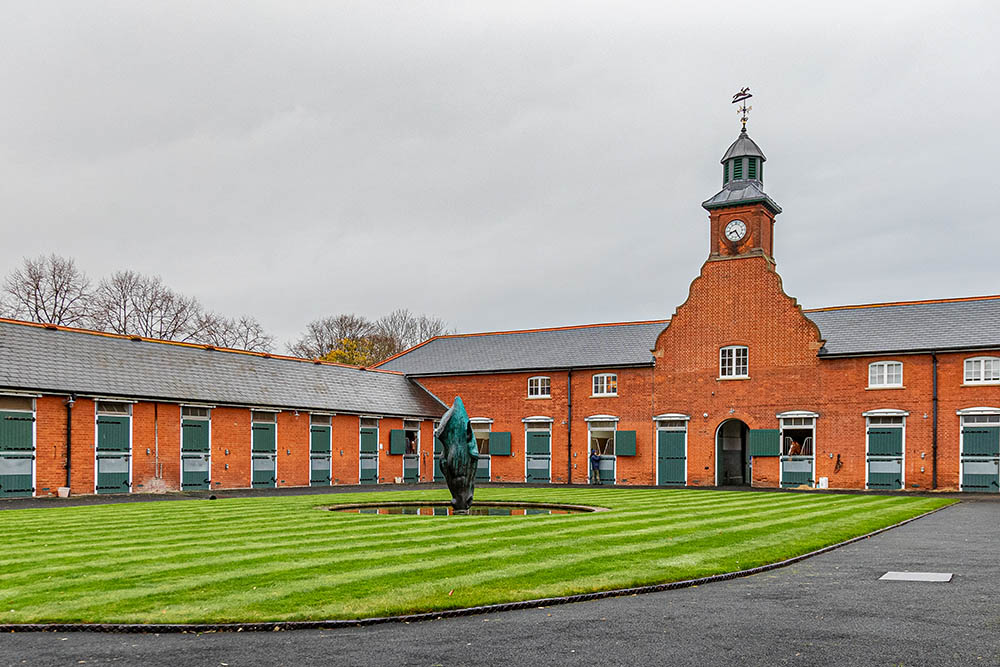
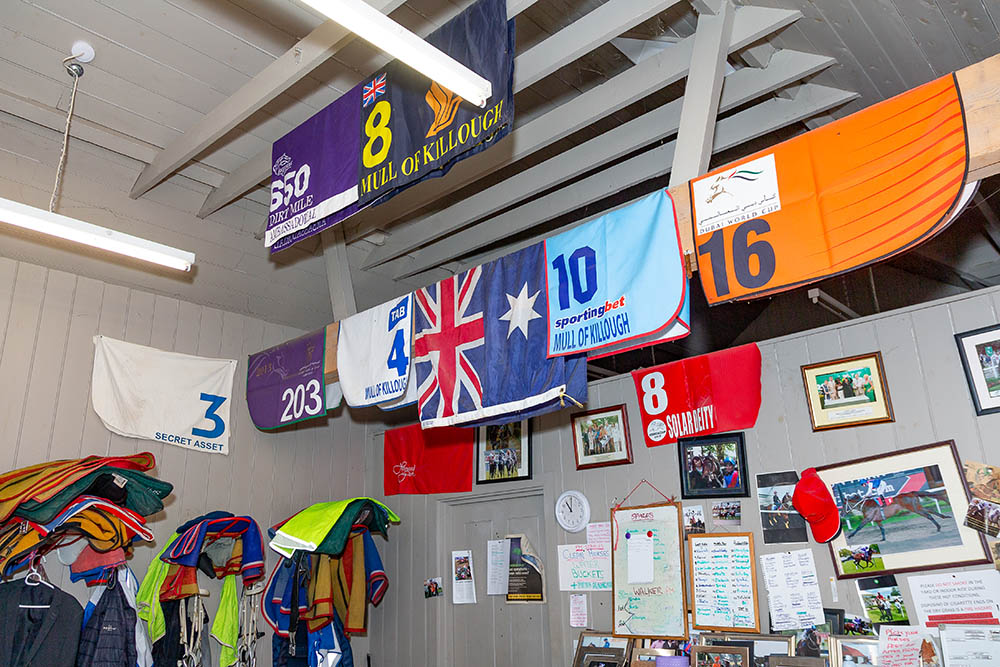
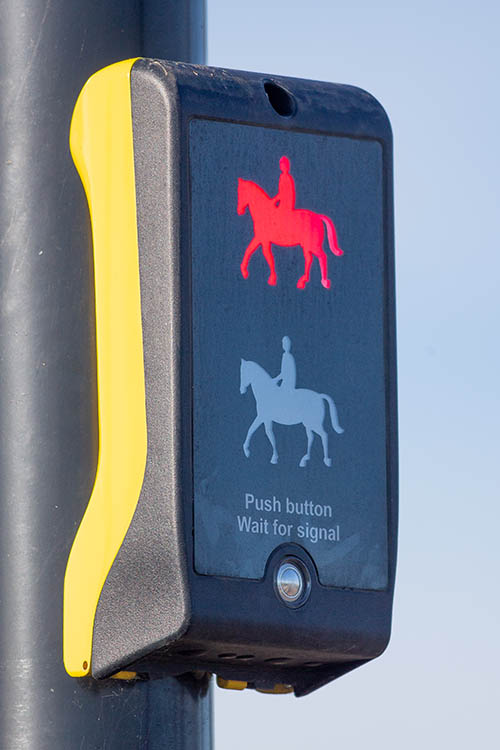
A further yard is reached via an archway under the impressive clock tower. This yard boasts traditional stables as well as loose boxes with day yards, which are perfect for horses that need to move a little more. In addition, there are three horse walkers and a treadmill, plus an office and tack room, which are decorated with winners’ rugs and number cloths in a way that pays homage to Jane’s successes over the years. There are a number of grass pens, as she is a great believer that horses flourish when turned out and are able to feel the sun on their backs.
MELBOURNE CUP
Jane exudes professionalism, paired with a typically Australian laid-back friendliness. Being one of a handful of female trainers in the UK, Jane gained her licence in 2005 at the age of 39. Although she had accumulated a huge amount of racing experience up until that point, growing up in Australia horse racing had always been part of her life in one way or another. Her father owned racehorses, the most successful of which was the Bart Cummings-trained Leilani, winner of six Group One races in her career, as well as being runner up in the prestigious Melbourne Cup in 1974.
Jane’s mother had married the renowned racehorse owner and breeder Robert Sangster. This resulted in Jane spending her summer holidays in the UK with her mother. At 16, Jane moved to England permanently and completed a course at Newmarket’s National Stud. Jane went on to work for Michael Dickinson and Barry Hill at her stepfather Robert Sangster’s Manton establishment. It was at Manton that she met English trainer Peter Chapple-Hyam. Married to Peter at the age of 23, Jane was his assistant trainer both in the UK and in Hong Kong. After they separated, Jane decided to go it alone and has never looked back.
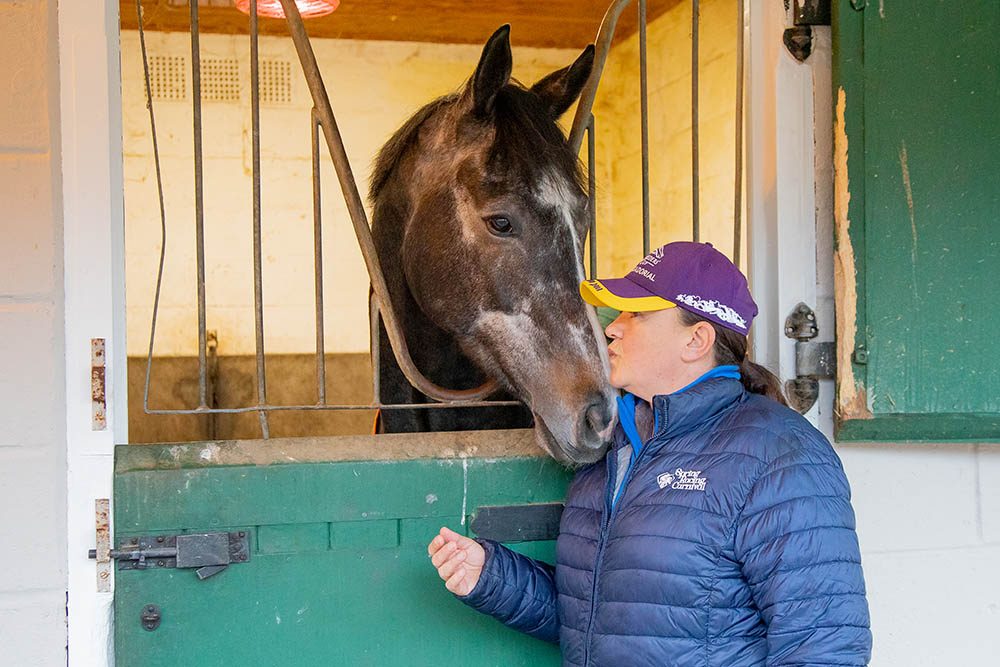
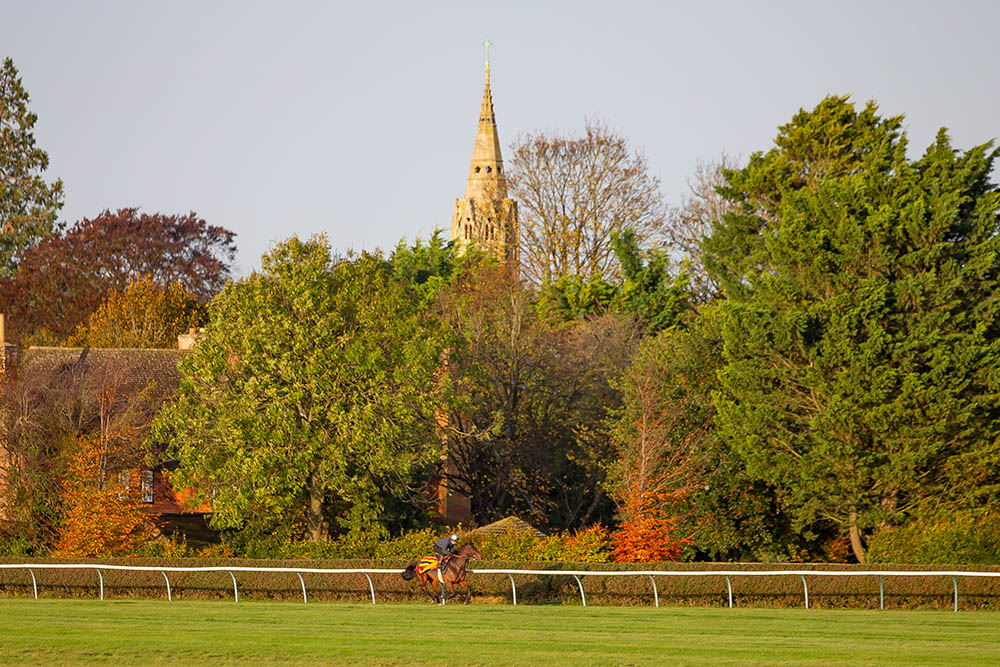
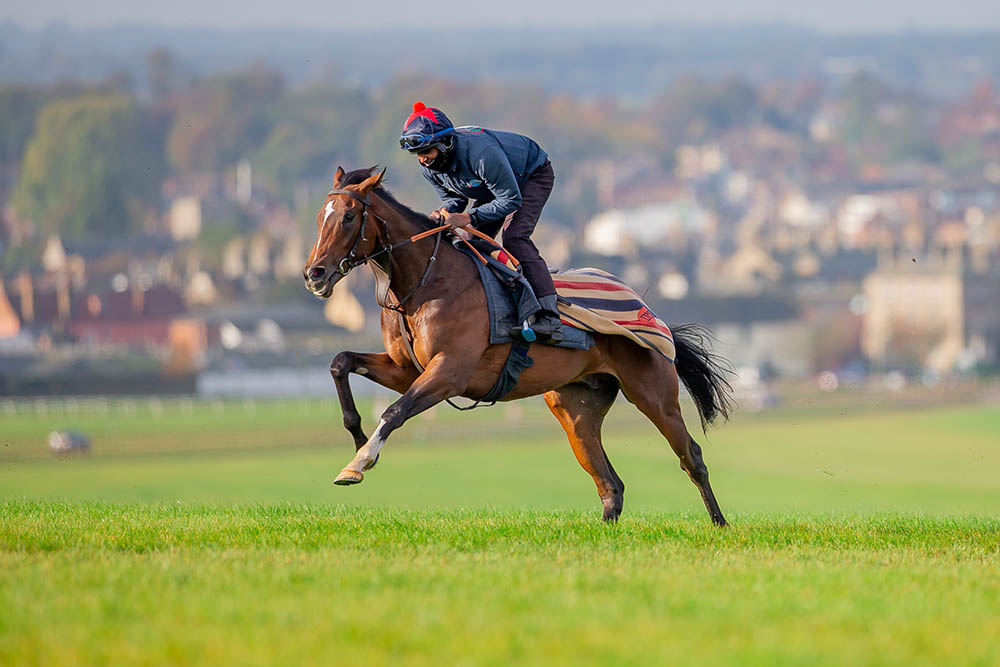
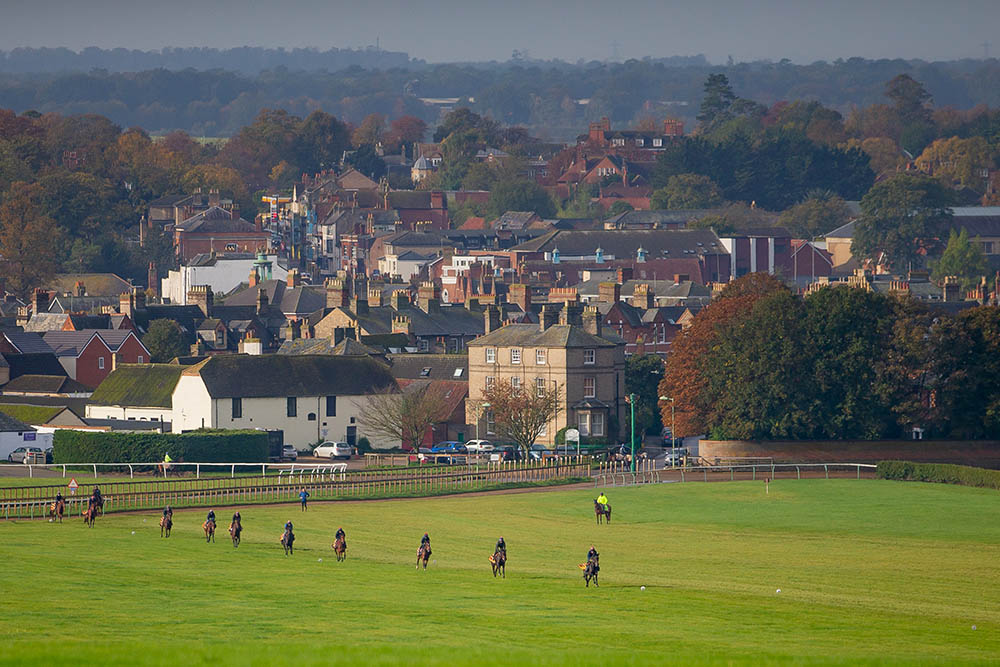
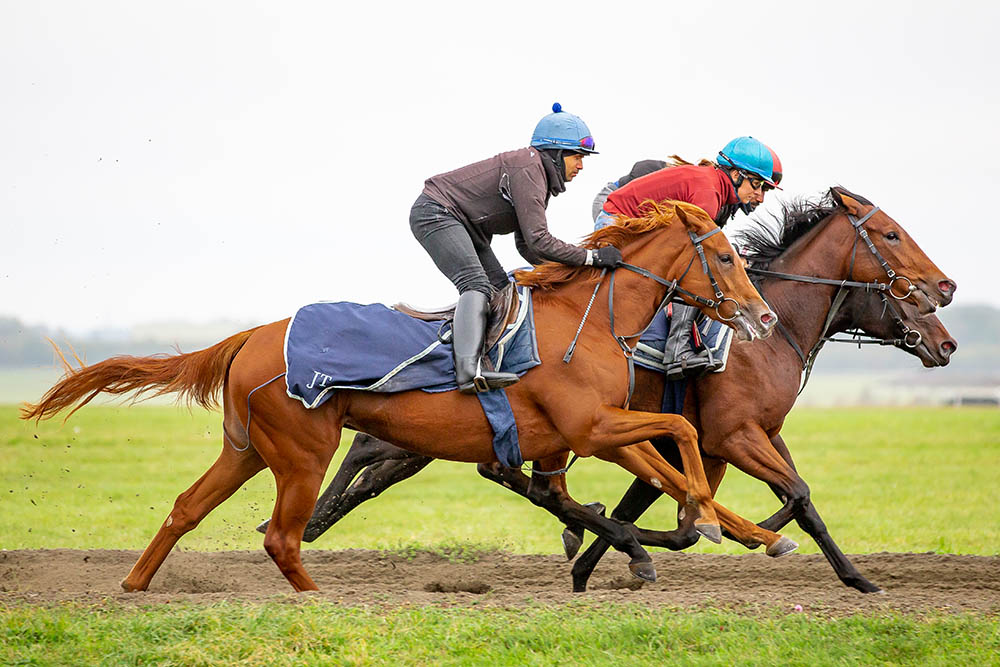
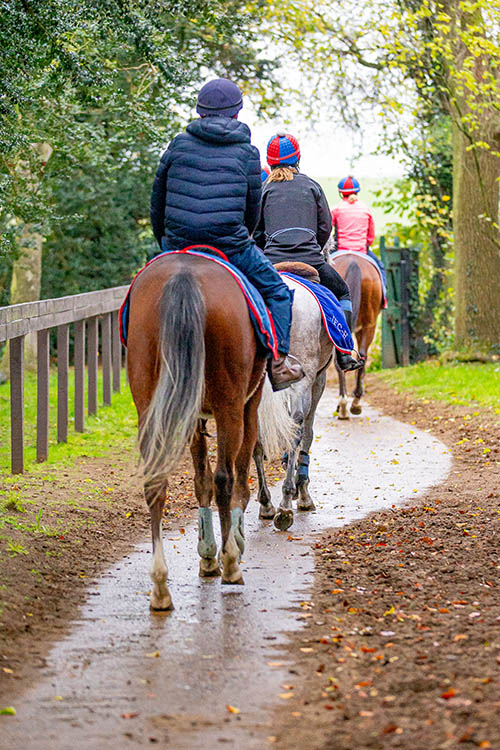
“The equine residents
all receive five-star services.”
ASCOT
Success came quite quickly, her first winner being Chief Commander in January 2006 at Wolverhampton; later that year she won the Ebor Handicap at York, with the 100-to-1 outsider Mudawin. Over the years Jane has had many notable successes. One of the standout horses she has trained was the tough and talented Mull of Killough that won the Earl of Sefton Stakes in 2013 and 2014. Jane is quietly proud of her one Royal Ascot winner, when her own four-year-old Judgethemoment won the Royal Ascot Stakes for her in 2009.
The equine residents all receive five-star services from the lads and lasses that care for them. The day starts at 5.30am; having had their morning feed, the horses are groomed, tacked up and put on the walker to warm up before they are ridden. Abington Place has the oldest covered ride in Newmarket, a real benefit for horses and riders alike, as they are protected from the elements while they continue to warm up before heading to the gallops.
GALLOPS
The 2,500-acre Newmarket training ground is open 365 days of the year; it comprises over 80km of grass gallops and 22.5km of artificial tracks and dedicated horse walks. Each of the 2,500 horses that uses the gallops daily (this number increases in the summer period — during the flat racing season and decreases in the autumn at the close of season) has to have a “Heath licence”, which incurs a monthly fee. A team of 24 ground staff maintains the gallops and tracks to the highest of standards.
As well as gallops, there are a variety of cantering options, together with trotting rings where the horses can warm up or cool down. The all-weather tracks are regularly harrowed, not just at the start and finish of each day but also during morning exercise. Although the majority of the 75 BHA (British Horse Racing Authority) licenced trainers and nine pre-trainers in Newmarket train flat racing horses, there are a few hurdle and National Hunt fences where the jumpers can be put through their paces too.

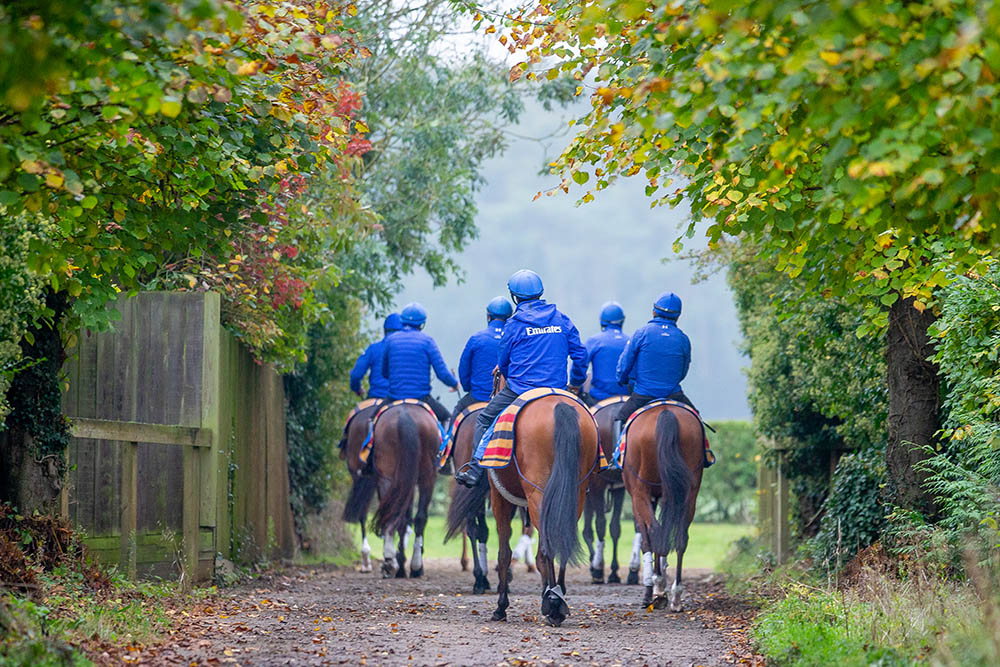

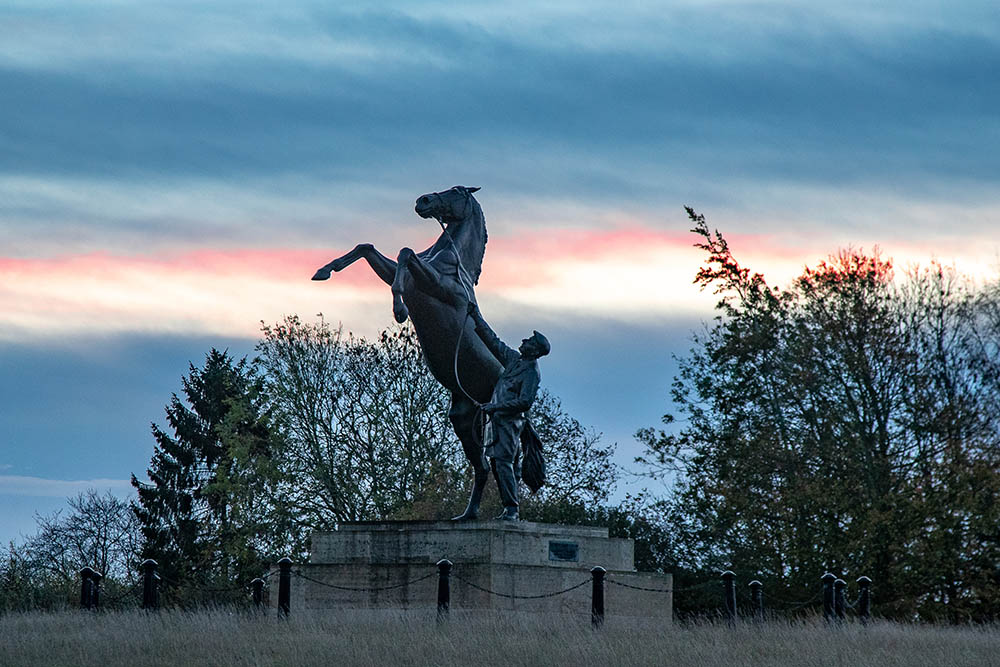
“It is like superstar roulette —
you never quite know who you
may see on the gallops.”
FRANKI DETTORI
Riders and horses who are household names mingle with their less well-known stablemates who are yet to prove themselves on the racetrack. It is like superstar roulette — you never quite know who you may see on the gallops. On a dreary morning on the Al Bahathri polytrack gallop, the John Gosden-trained stallion Stradivarius, piloted by the inimitable Frankie Dettori, were a pleasure to watch as they cruised by.
RACECOURSES
Newmarket boasts three racecourses — the July Course and the Rowley Mile Course being the most well known. The Round Course hosts just one race a year — the Newmarket Town Plate. The Rowley Mile Course is used for spring and autumn racing and hosts the majority of the Group 1 races. As the horses exercise on the Cambridge Road gallops that flank the Rowley Mile racecourse, the impressive Millennium Stand makes for a great backdrop.
My conversation with Jane Chapple-Hyam revealed that she has a long-standing dream to win the Melbourne Cup, the Epsom Derby and the Prix de l’Arc de Triomphe; pretty much the same dream of everyone involved in racing, whether they are a trainer, jockey or owner! Jane’s vast experience has led her to have a caretaker trainer role for trainers not based in Newmarket. She currently has the wonder mare Deidre in her care. In addition to Deidre, Jane has a new acquisition that she purchased on behalf of a client at the Tattersalls sales in October, the three-year-old Piranesi.
Despite the challenges that 2020 has caused many of us, Jane has not had to change her plans too much, as racing in the UK has continued behind closed doors since 1 June, 2020. However, like all sports, it really is not the same without a roaring crowd cheering on the contenders.
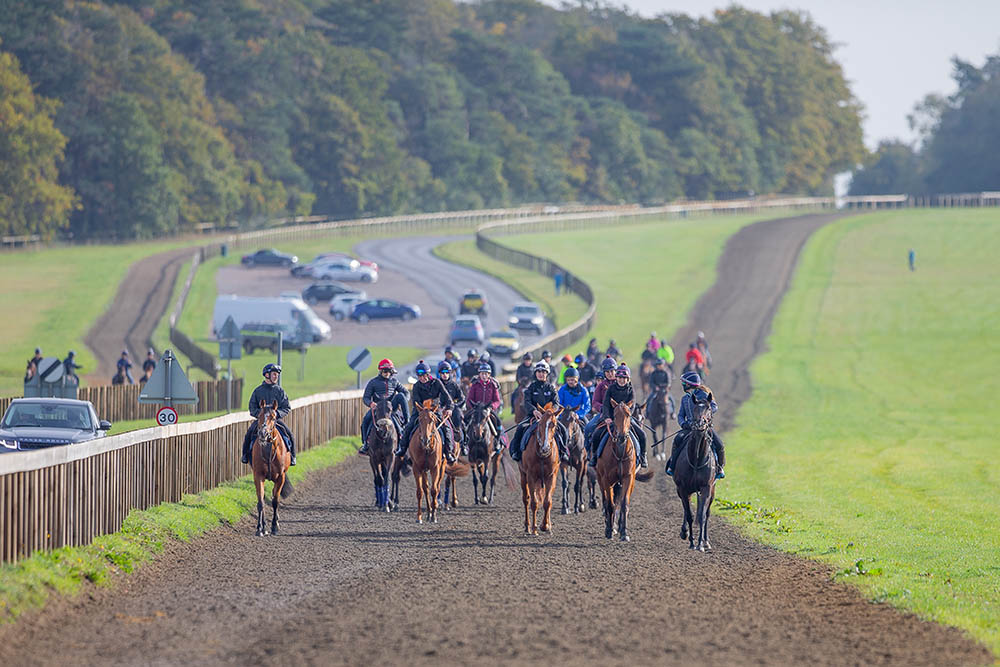
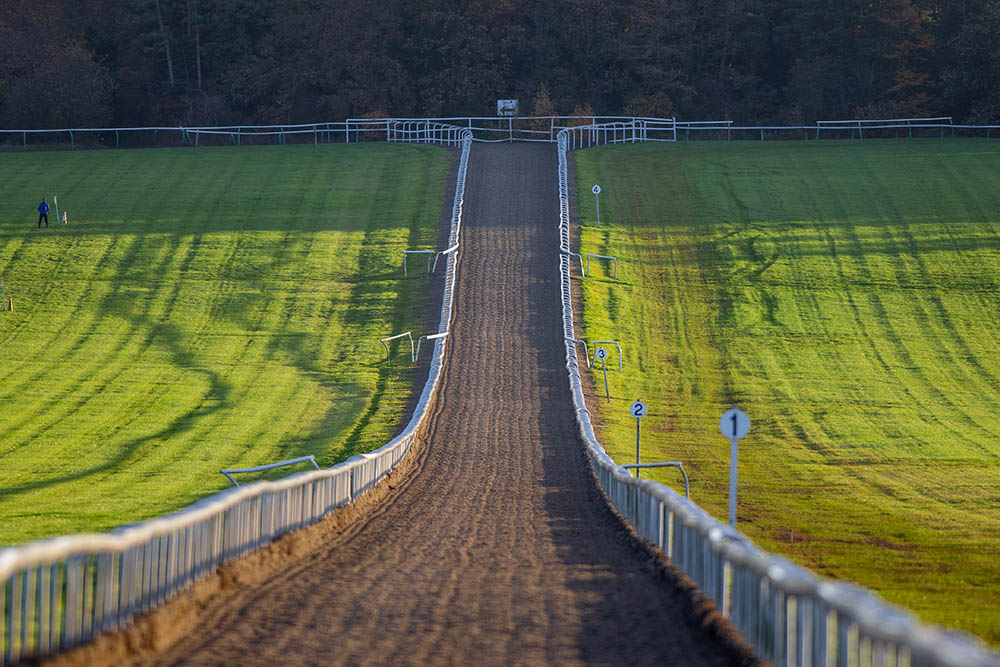
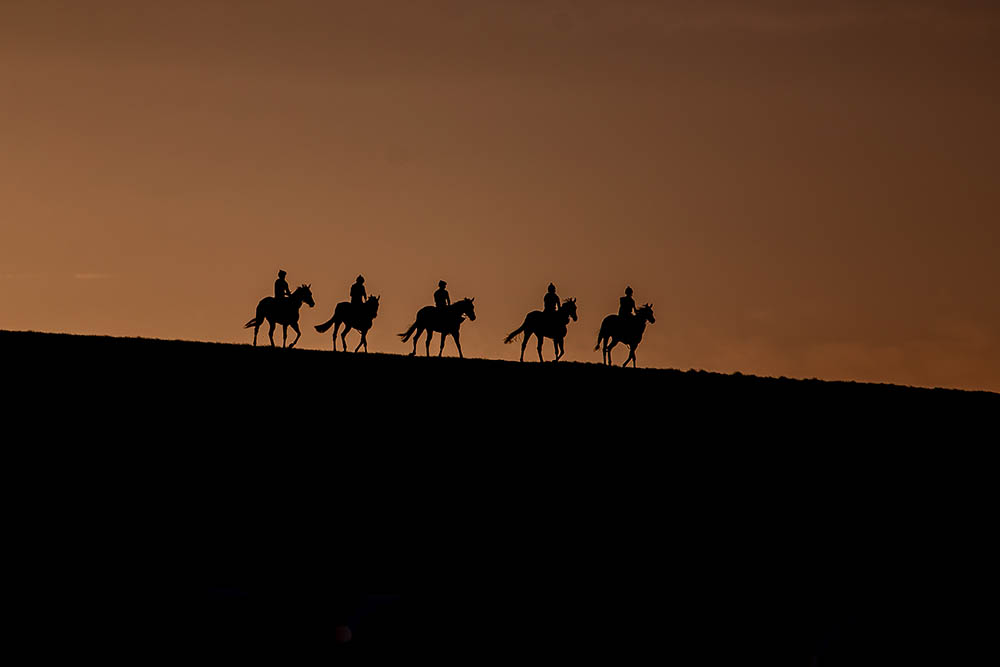
MICROCLIMATE
I am convinced that Newmarket has its very own microclimate. A beautiful sunrise can be concealed in minutes as the fog sails in, consuming horses and riders in its white billowing folds, and often disappearing as quickly as it appeared. The horses are worked in all weather; having so many all-weather tracks available is a real bonus. Despite the high numbers of horses in Newmarket, morning exercise works like a well-oiled cog.
Whatever the season, for any equestrian lover spending a morning in Newmarket is rather like attending the equivalent of the hugest “all you can eat” buffet. Gorging on equine and landscape sights, while devouring the blaze of colours that confront you at every turn. EQ



